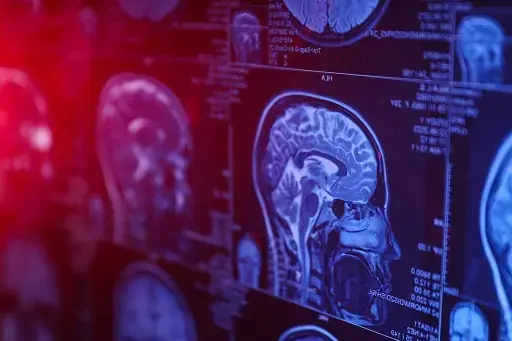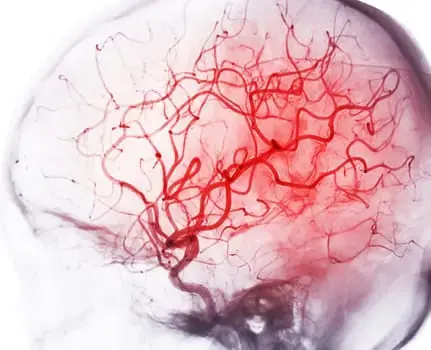Revolutionary NIRE Method Allows Long-Term and Multi-Scale Brain Imaging
Innovative Nanosheet Method Revolutionizes Brain Imaging for Multi-scale and Long-Term Studies
The human brain is a complex network of billions of neurons that work together to enable higher-order functions such as cognition and behavior. To understand these functions, it is crucial to study how neural activity is coordinated across different regions of the brain. While techniques like functional magnetic resonance imaging (fMRI) can provide insights into brain activity, they have limitations in terms of the amount of information they can show at a given time and area.

However, a team of researchers from the Exploratory Research Center on Life and Living Systems (ExCELLS) and the National Institute for Physiological Sciences (NIPS) has developed a new method for in vivo brain imaging that allows for large-scale and long-term observation of neuronal structures and activities in awake mice. This groundbreaking method, called the “nanosheet incorporated into light-curable resin” (NIRE) method, uses fluoropolymer nanosheets covered with light-curable resin to create larger cranial windows.
Lead author Taiga Takahashi from Tokyo University of Science and ExCELLS explains, “The NIRE method is superior to previous methods because it produces larger cranial windows than previously possible, extending from the parietal cortex to the cerebellum. This is made possible by using a biocompatible nanosheet and transparent light-curable resin that changes from liquid to solid form.”
In this method, light-curable resin is used to fix polyethylene-oxide-coated CYTOP (PEO-CYTOP), a bioinert and transparent nanosheet, onto the surface of the brain. This creates a “window” that fits tightly onto the brain surface, even on highly curved surfaces like the cerebellum. The window maintains its transparency for a long time with minimal mechanical stress, allowing researchers to observe multiple brain regions in living mice.
Takahashi adds, “We also demonstrated that the combination of PEO-CYTOP nanosheets and light-curable resin results in stronger cranial windows with greater transparency for longer periods of time compared to our previous method. This reduces motion artifacts caused by the movements of awake mice, resulting in high-resolution imaging with sub-micrometer resolution to observe the morphology and activity of fine neural structures.”
Corresponding author Tomomi Nemoto from ExCELLS and NIPS explains the significance of this study, “The NIRE method enables imaging for longer periods of more than 6 months with minimal impact on transparency. This will allow for longer-term research on neuroplasticity at various levels, from the network level to the cellular level, as well as during maturation, learning, and neurodegeneration.”
This innovative method has opened up new possibilities for neuroimaging research by providing a powerful tool for studying neural processes that were previously difficult or impossible to observe. With its ability to create large cranial windows and enable long-term imaging, the NIRE method will contribute significantly to advancing our understanding of brain function and behavior.







